Rice is always an important part of the culinary culture. Since ancient times, the Chinese people, rich and poor, has been eating rice as the staple food. Rice can be said to be the starting point of foods. There are many rice varieties out there, especially in Taiwan, known for its strength in agriculture. We have been eating rice since childhood so we should get to know rice well.
Rice in Taiwan comes in three varieties: Japonica rice, glutinous rice, and Indica rice.
Japonica rice, also known as “Fenglai rice” in Taiwan, is the most popular rice on our dining tables. Its grain is round and short in shape, translucent in color, slightly sticky in texture. It has the right softness and is typically eat as the staple or made into sushi. Japonica rice contains rich protein, fibers and vitamins A, B and E. Japonica rice is nourishing and contributing to muscle growing and bone strengthening. It is easy to digest and absorb and hence suitable for both children and seniors. Indeed, the rice in the bowl is a treasure for the health.
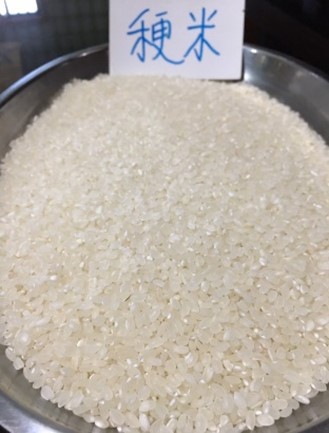
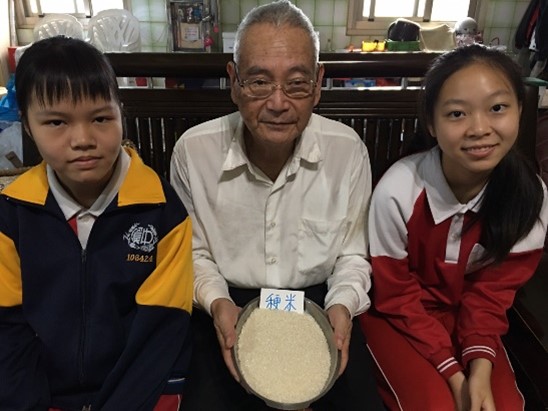
Glutinous rice, also known as “Chiang rice” in Taiwan, is a sticky variety of rice. The grain can either be round-and-short or slim-and-long. Its opaque in color and sticky in texture. Glutinous rice is usually made into Zongzi, sweet-fermented rice, and Laba congee. It is nourishing to the spleen and the stomach, and effective in stopping cold sweats, abdominal bloating, or diarrhea. However, it is not suitable to diabetes patients. Glutinous rice is sticky and difficult to digest. Children and seniors should take cautions when eating glutinous rice because it may cause abdominal bloating.
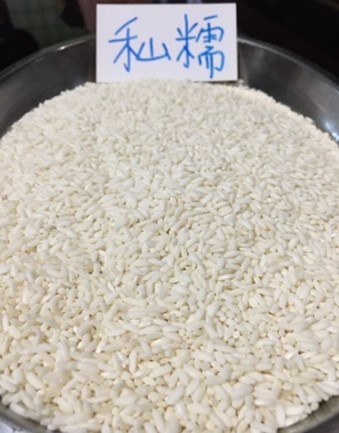
Indica rice, also known as “Zailai rice” in Taiwan, has long, slender and oval-shaped grains. It is translucent in color, low protein and starch in content. Indica rice is beneficial to blood and saliva making and nourishing to the core energy. It calms the mind, quenches the thirst and stops loose stools. Indica rice is often made into rice paste and cakes such as radish cakes, bowl cakes, and taro cakes. It is largely the same as Japonica rice in terms of characteristics, and the main difference is in the appearance.
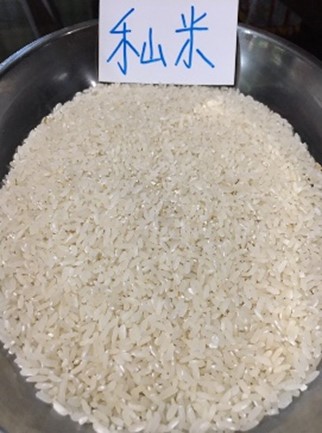
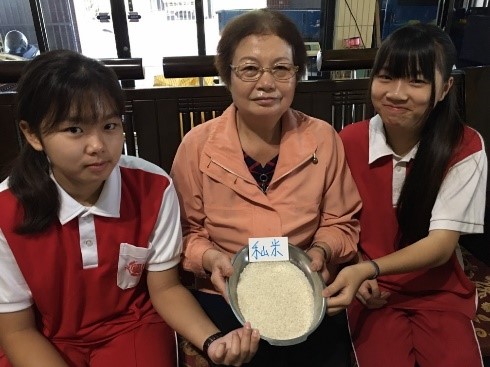
In addition to Japonica rice, glutinous rice, and Indica rice, there are many more improved varieties. For example, Tainong No. 71 Rice contains rich vitamins and tastes a gentle aroma like taros. It is highly sticky and can be made into different dishes. Taiwan develops one to two thousand new rice varieties each year. All these rices are the pride of Taiwan.
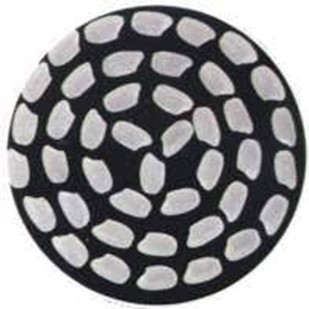
2020.08.04, 2020.08.28, 2020.11.15 interview records
https://kknews.cc/zh-tw/health/5m5ek2.html
https://kknews.cc/zh-tw/health/85bmqa4.html
https://www.unionrice.com.tw/RicePage?id=17
Taken by our team member
http://library.taiwanschoolnet.org/cyberfair2003/C0334950068/ricegrow/a/images/z23.jpg
 top
top  Homepage
Homepage